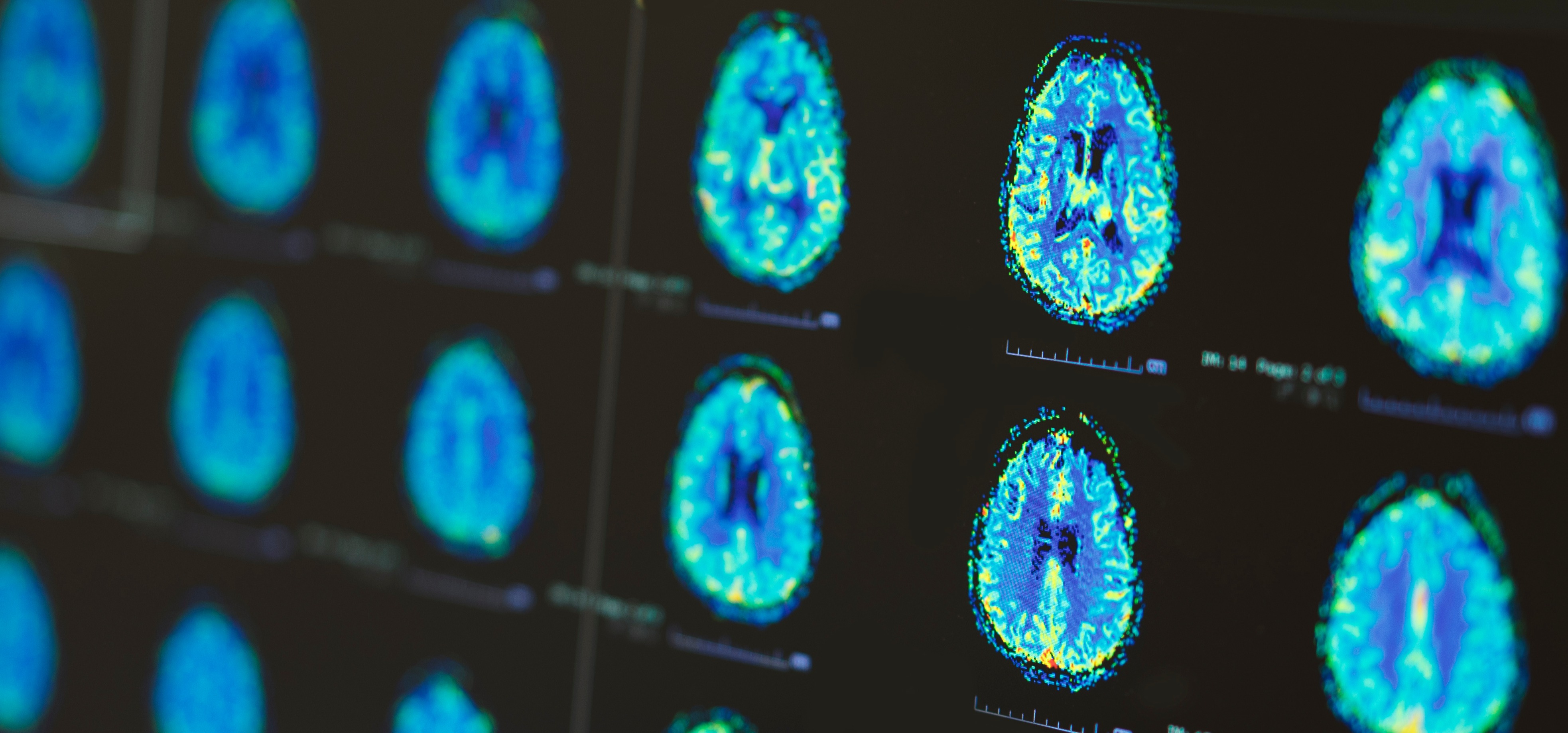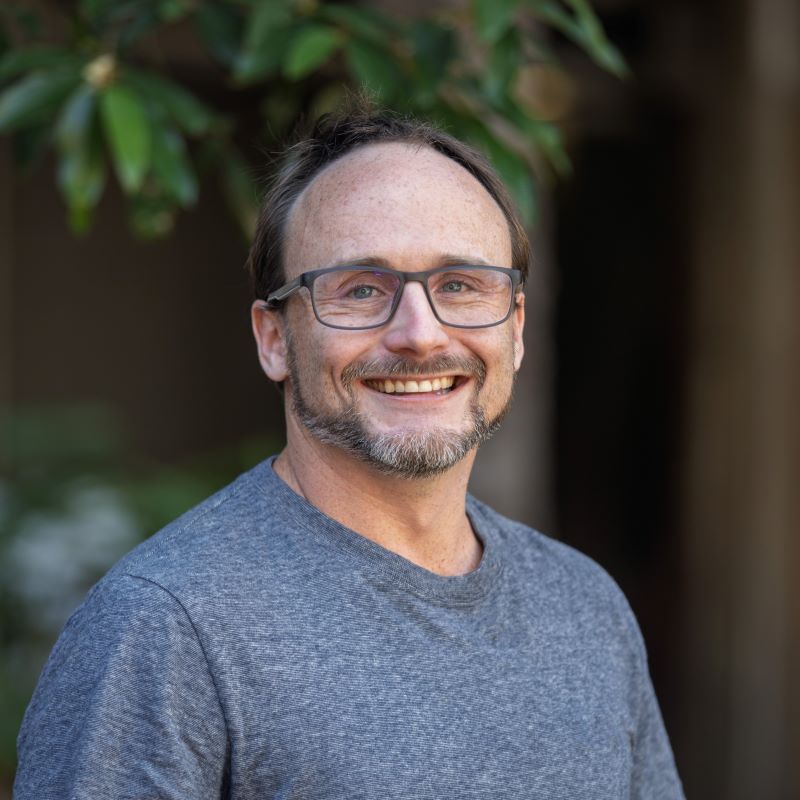
Buying time for stroke patients
Our researchers have partnered with Harvard University’s Wyss Institute to develop and commercialise a world-first stroke therapy that uses the brain’s own 'detour routes’ to improve outcomes.
By the time you finish reading this sentence, two people somewhere in the world will have a stroke. With every second that passes, 32,000 of their brain cells will die.
For decades, we've approached stroke as a race against time. The faster we identify and start to treat stroke, the better the outcome. But that’s only part of the story – because not all brains race at the same speed.
Dr Daniel Beard has partnered with Harvard’s Wyss Institute for Biologically Inspired Engineering to tap into a network of backup vessels called collateral circulation. They reroute blood when a major artery is blocked – much like a network of detours during a traffic jam. Some brains have effective detours, while others have none.
Stroke patients with strong collateral blood flow are more likely to recover well. But the state of collateral vessels doesn’t just predict recovery outcomes – they also help neurologists decide who receives life-saving treatment such as thrombolysis or thrombectomy to dissolve or remove blood clots in the brain.
Clinical trials have shown that patients with strong collateral vessels are more likely to benefit from clot busting procedures than those with poor collateral vessels, even 24 hours after the onset of stroke – proving that vascular detours can make or break a brain’s survival.
However, only a small percentage of acute ischemic stroke patients qualify for such interventions, because their collateral circulation is inadequate and their brains deteriorate too quickly. Dr Beard’s research team has found a way to boost collateral circulation and extend the window for intervention, so more patients can access life-saving treatment.
The breakthrough
Improving collateral flow isn’t as simple as just widening blood vessels. Most dilating medications impact blood vessels across the whole of the body, which lowers a person’s blood pressure. This is fine if your brain is healthy and can autoregulate to maintain normal blood flow. During a stroke, the affected region of the brain has lost the ability to adapt and lowering blood pressure could be detrimental.
In experimental animal models, Dr Beard’s research team found that collateral vessels experience a local increase in shear stress – the frictional force of blood sliding along the walls of a vessel. During a stroke, that force is intense – up to seven times higher than vessels anywhere else in the body.
The team saw that intensity as an opportunity and used shear-activated nanoparticle aggregates, developed by Professor Donald Ingber from Harvard’s Wyss Institute, to target vessel-widening medication to the affected part of the brain as a way of selectively dilating collateral vessels.
The nanoparticles are in the form of tiny balls (about the size of a blood platelet) which are shear sensitive. They flow through the bloodstream and when they encounter areas of high shear stress, the balls break apart and deliver nitroglycerin only where it's needed.
The backup vessels surge into action, increase blood flow around the blockage and preserve brain tissue. This buys time that’s not measured in minutes but in hours.
It’s a potential game changer for the 80 to 90 percent of acute stroke patients who currently don’t meet eligibility for thrombolysis or thrombectomy – and a massive boost to patients in rural and remote areas who may live hours away from an acute stroke facility.
Translating the idea into real-world treatment
In 2024, Dr Beard won a national biotech pitch event and $150,000 to advance the development and potential commercialisation of his stroke innovation.
In 2025, Dr Beard’s work with Professor Ingber was published in Advanced Science, which demonstrated that shear-activated nitroglycerin nanoparticles significantly improved collateral flow and reduced brain damage in preclinical models.
The same year, the team created a biotech spinout venture called ShearFlow to translate their patented technology into a new treatment approach. The team is seeking investors and partners to complete critical preclinical work, with the aim of starting human trials within the next three years.
More information:
Dr Daniel Beard
P: +61(2) 4055 0790
E: daniel.beard@newcastle.edu.au
contact@shearflow.com.au
Last updated November 2025

Dr Daniel Beard
We’ve created a first-in class therapy that can selectively dilate the brain’s natural bypass vessels, potentially transforming outcomes for stroke patients worldwide.
Aligned with the United Nations Sustainable Development Goals
Read more research impact case studies
The University of Newcastle acknowledges the traditional custodians of the lands within our footprint areas: Awabakal, Darkinjung, Biripai, Worimi, Wonnarua, and Eora Nations. We also pay respect to the wisdom of our Elders past and present.



